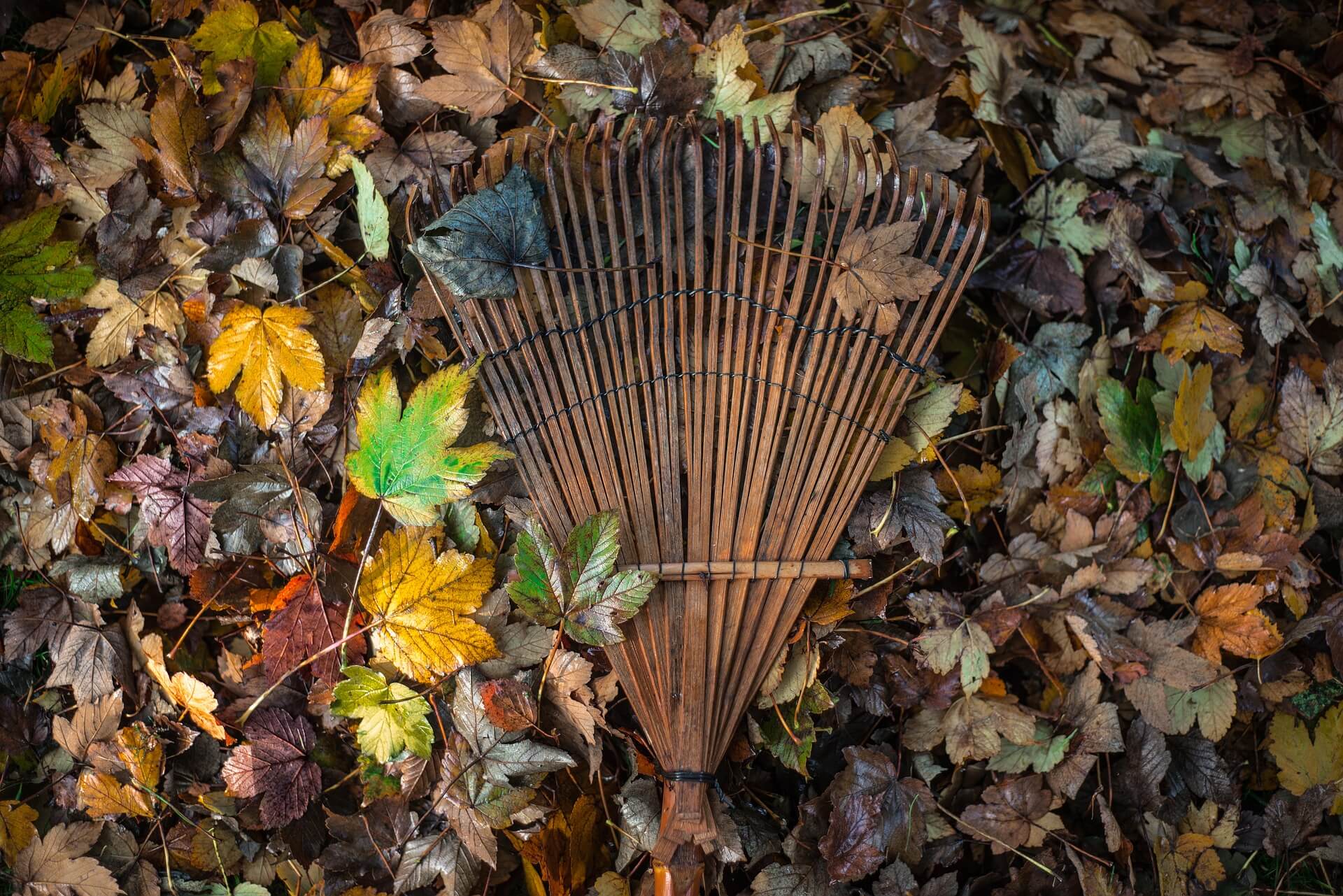Autumn is a season of transition. As the warm bright days of summer begin to shorten and grow colder, your crops near their end and it’s time to start preparing for winter and planting for spring. There is a lot to do at this time of the year, but with our list of jobs to do this season, you will find yourself well prepared.
General Maintenance
- Collect fallen leaves – keep your garden looking tidy and reduce the chances of pests and diseases in your garden
- Create a compost heap – fallen leaves and dead plant material can make great compost that will be good for plants in spring. Think about creating your heap in a quiet corner of your garden or in a compost bin
- Repair or replace fencing – now that your plants are dormant and the ground is still warm enough to dig in, it’s a great time to replace damaged or old fencing
- Insulate outdoor taps – frozen taps can become damaged. Wrap in kitchen foil or fleece to protect it from the coldest weather
- Prepare the lawn for winter – continue to mow the lawn if the frost is not too heavy but raise the height of the mower blades; spike with a garden fork to improve drainage
- Organise your shed – take the time to clear out your garden shed, check security, and organise and clean your tools ready for spring.
- Prune the garden – prune fruit trees, dormant shrubs and hedges, roses, and Japanese maples in order to ensure a good start to spring
- Cluster container plants together – as their roots are more exposed to the elements, move shrubs and bedding plants growing in containers to sheltered spots and cluster together for protection from the colder weather
- Check tree ties – check any tree ties to make sure trees are protected from strong winds and the tree stems will not be damaged by ties that are too tight
- Make Leaf Mould – bag up fallen leaves in a good quality bin bag. Poke holes in the bag and leave out of sight for two years. Leaf mould can be used as seed-sowing compost or used to enrich the soil
- Clear the remains of summer crops – to avoid them rotting and attracting pests and diseases
- Clean Your Tools – taking good care of your tools now will prevent them from rusting over winter and needing to be replaced in the summer
- Prune fruit bushes – prune out any dead, dying or diseased wood whilst your fruit trees are dormant to encourage new and good growth in the spring
- Net brassicas – to protect them from overwintering birds. Use a fine mesh or a frame that lifts clear of the plant to stop birds pecking through. You could also consider a polytunnel or cold frame
- Begin Digging Over – dig small sections of your garden over the month to get manure, air and compost into the soil.
Plants

- Protect plants from the frost – standard terracotta planters often break in cold weather, so consider our frost-resistant fibrecotta. For plants in flower beds, a cold frame or cloche fleece provides instant protection
- Raise plant containers – raise pots off the ground for the winter using bricks or pot feet to prevent them from becoming waterlogged
- Prune rose bushes – prevent wind rock (swaying in the wind and the roots becoming loose) by pruning roses by one third to half their height
- Cut back herbaceous perennials – cut back the yellowing foliage of any flowering plants, then life and divide any overcrowded clumps
- Plant tulip bulbs – tulip bulbs to bloom in spring next year are best planted in late autumn to prevent the tulip fire disease
- Move dormant plants – if you need to relocate any plants or fruit trees, now is the time to do so while they are dormant
- Plant spring bulbs – plant bulbs such as daffodils, crocus, hyacinths, and fritillaries before the first frost to fill your garden with colour in the spring
- Take hardwood cuttings – cut healthy shoots from suitable trees, shrubs, and climbers, including honeysuckle and blackcurrant shrubs. Plant in the ground or in a pot to propagate new plants
- Lift and store dahlia tubers – these tender perennials need protection from the colder weather, so lift the dormant roots and stems to store indoors and plant back outside next spring
Greenhouse

- Stock up on greenhouse accessories – now you’ll be spending more time in your greenhouse, make sure to stock up on accessories, including a heater to maintain the temperature and staging to hold your plants
- Sow winter herbs – sow Mediterranean herbs such as thyme, sage, and parsley for a fresh supply during the winter
- Clean your greenhouse – if you haven’t already done so, make sure to clean your greenhouse thoroughly; wash and disinfect capillary matting before storing away
- Water plants sparingly – make sure plants are hydrated but keep the greenhouse as dry as possible to reduce the risk of disease
- Combat pests – check overwintering plants for pests such as aphids and red spider mite, treat if necessary using a general insecticide
- Maintain plants – pick faded leaves and dead flowers from plants that are being stored in the greenhouse over the winter
- Check that all heaters are working properly – You will need them in the coming months, so check them now so you don’t have to rush and buy new ones when they are needed. If any are broken replace them
- Remove snow – make sure to brush any snow off the top of greenhouses and cold frames to make sure the glass does not get damaged

